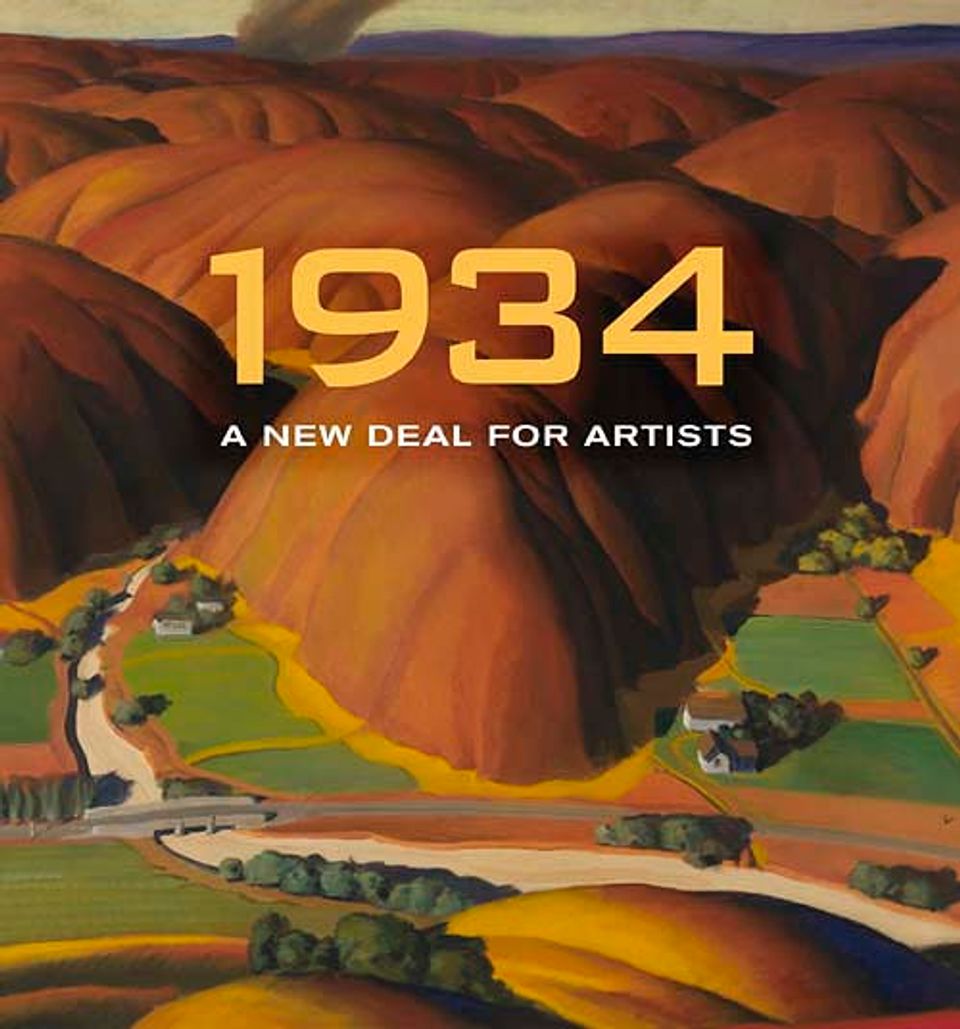Artwork Details
- Title
- (Underpass – New York)
- Artist
- Unidentified (American)
- Date
- 1933-1934
- Location
- Dimensions
- 19 7⁄8 x 23 7⁄8 in. (50.6 x 60.8 cm.)
- Credit Line
- Transfer from the Internal Revenue Service through the General Services Administration
- Mediums
- Mediums Description
- oil on photograph on canvas mounted on paperboard
- Classifications
- Subjects
- Landscape — New York
- Landscape — time — night
- Landscape — road
- Architecture — bridge
- Object Number
- 1962.8.41
Artwork Description
1934: A New Deal for Artists exhibition label














